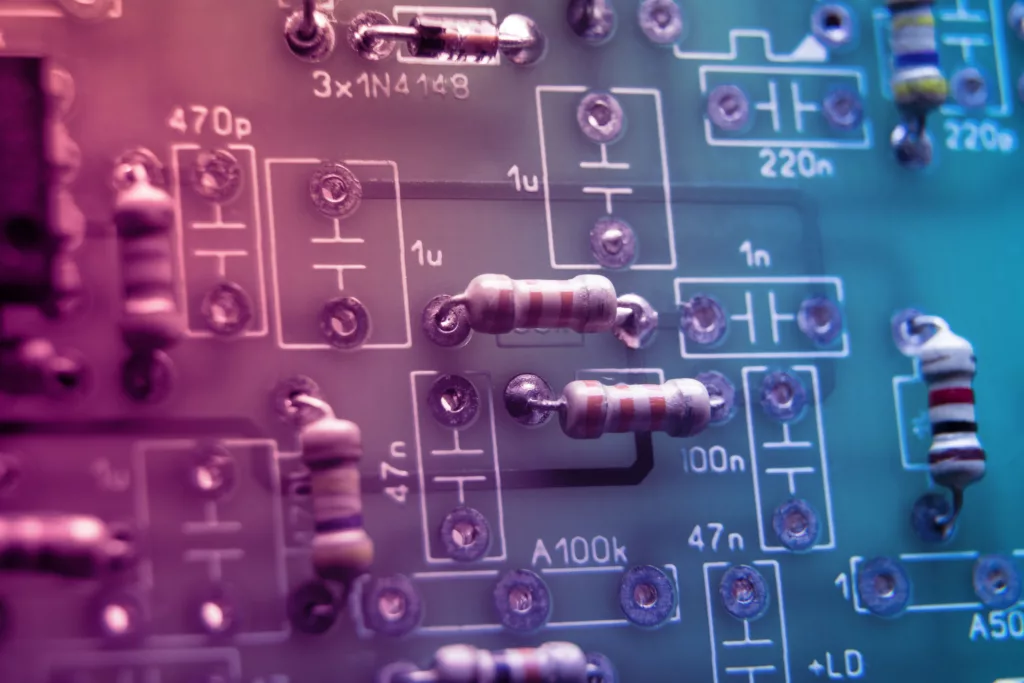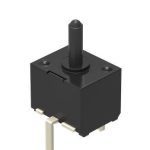
Introduction
Light Emitting Diodes (LEDs) are the backbone of modern lighting solutions–transforming lighting industries with their robust energy efficiency, longevity, and versatility. However, to harness their full potential and proper functionality, it is essential to understand and utilise LED drivers effectively. Drivers for LED lighting are significant in regulating the power supplied to LEDs, ensuring their stable operation and performance and maximising their lifespan. Selecting the right LED driver can provide the desired brightness, longevity, and energy efficiency while protecting your investment. This guide comprehensively illustrates the importance of LED drivers, the key factors to consider when selecting them, and best practices for using them in various applications.
Understanding LED Drivers
Unlike incandescent bulbs, LEDs require a constant current source rather than a constant voltage source. In other words, they operate on low voltage DC (Direct Current), typically 12V or 24V, while the mains power supply is AC (Alternating Current) at a much higher voltage. LED drivers–electrical devices that regulate the power supplied to an LED or a string of LEDs maintain a steady current flow to the LEDs while accommodating fluctuations in voltage. These self-contained power supplies act as a bridge between the AC power source and the LED, converting the high-voltage AC power into the low-voltage DC power required for LEDs to operate efficiently. Additionally, an LED driver comes in constant current LED drivers, constant voltage, and dimmable.
The Significance of LED Drivers
LED drivers for LED lighting are indispensable for the optimised performance of LEDs and are of significant importance for the following reasons:
Voltage Regulation:
As LEDs are sensitive to variations in voltage, LED drivers ensure a steady and consistent voltage supply, protecting the LEDs and extending their lifespan.
Current Control:
LEDs must operate at a specific current to maintain their brightness and colour quality. LED drivers effectively control the current flowing through the LED, preventing overdriving or underdriving and avoiding premature failure or reduced performance.
Dimming and Control:
Many LED fixtures offer dimming capabilities, allowing users to adjust the brightness to suit their needs. LED drivers with dimming capabilities enable this functionality and create the desired ambience.
Efficiency:
LED drivers are designed to operate with high efficiency, minimising energy losses and reducing power consumption. High-efficiency LED operation is especially important for commercial and industrial applications where energy savings translate into significant cost reductions.
Protection:
LED drivers often include protection mechanisms such as over-voltage protection, over-current protection, and thermal protection to safeguard the LEDs from damage.
Selecting the Right LED Driver: Crucial Parameters to Consider
Choosing the appropriate LED driver is crucial for optimal performance and longevity of your LED fixtures. Some of the key factors to consider include:
Voltage and Current Ratings in LED Drivers
LED drivers are available in various voltage and current ratings. It is essential to match the driver’s output voltage and current with the requirements of your LED fixtures to avoid damaging the LEDs or the driver itself.
Wattage in LED Drivers
The LED driver’s wattage should be equal to or greater than the total wattage of the LEDs it powers. It is advisable to have some headroom to accommodate possible future expansions or changes in your lighting system.
Dimming Compatibility
If you require dimming functionality in your lighting setup, make sure the LED driver supports dimming. Among the various dimming protocols available, ensure the driver’s dimming method aligns with your control system.
Efficiency
Efficiency is a critical factor for LED drivers. Efficient drivers not only save energy but also reduce the need for additional cooling measures, contributing to the overall sustainability of your lighting system. Choose an LED driver that meets industry standards and with high efficiency to minimise energy wastage in the form of heat.
Temperature and Environmental Considerations
They come with specified temperature ranges within which they can operate effectively. Therefore, choosing a driver that can handle the conditions to prevent overheating or freezing-related issues is essential.
Protection Features
LED drivers should include protection features such as overcurrent protection, overvoltage protection, and short-circuit protection–safeguarding the LEDs and themselves from damage during electrical issues or fluctuations.
Safety and Certification
Ensure that the LED driver complies with safety and performance standards in your region. Look for certifications such as UL (Underwriters Laboratories) or CE (Conformité Européenne) to guarantee the driver’s quality and safety.
Budget Constraints
It is vital to have a balanced performance and cost to meet your project’s budget.
Installing and Using LED Drivers: Exploring Basic Tips
Once you have selected the right LED driver for your application, it is essential to install and use it properly. The following tips will help you use it effectively:

- Wiring
Follow the manufacturer’s wiring instructions carefully. Typically, they have input and output terminals for AC power and LED connections. Ensure proper polarity and secure connections to prevent loose wires from causing electrical hazards or flickering.
- Mounting
Install the LED driver in a suitable location, considering ventilation and heat dissipation. Overheating can reduce the driver’s lifespan and performance. Mounting it in a well-ventilated area helps maintain safe operating temperatures.
- Dimming Controls
If your LED driver supports dimming, connect it to the appropriate dimming controls or systems. Ensure compatibility between the driver and the control method you intend to use.
- Testing and Maintenance
Before finalising installation, test the LED fixtures with the driver to ensure they function correctly. LED drivers are generally reliable, but periodic maintenance is essential to ensure long-term performance. Check for flickering, dimming range, and any unexpected behaviour. Address any issues promptly to avoid long-term problems.
Final Words
LED drivers ensure that LED lighting systems operate efficiently and reliably. By understanding their role and carefully selecting the correct driver for your application, you can maximise the benefits of LED technology while ensuring long-term functionality and energy savings. Don’t overlook the importance of LED drivers in your lighting projects–they are the key to unlocking the full potential of LED lighting.





















